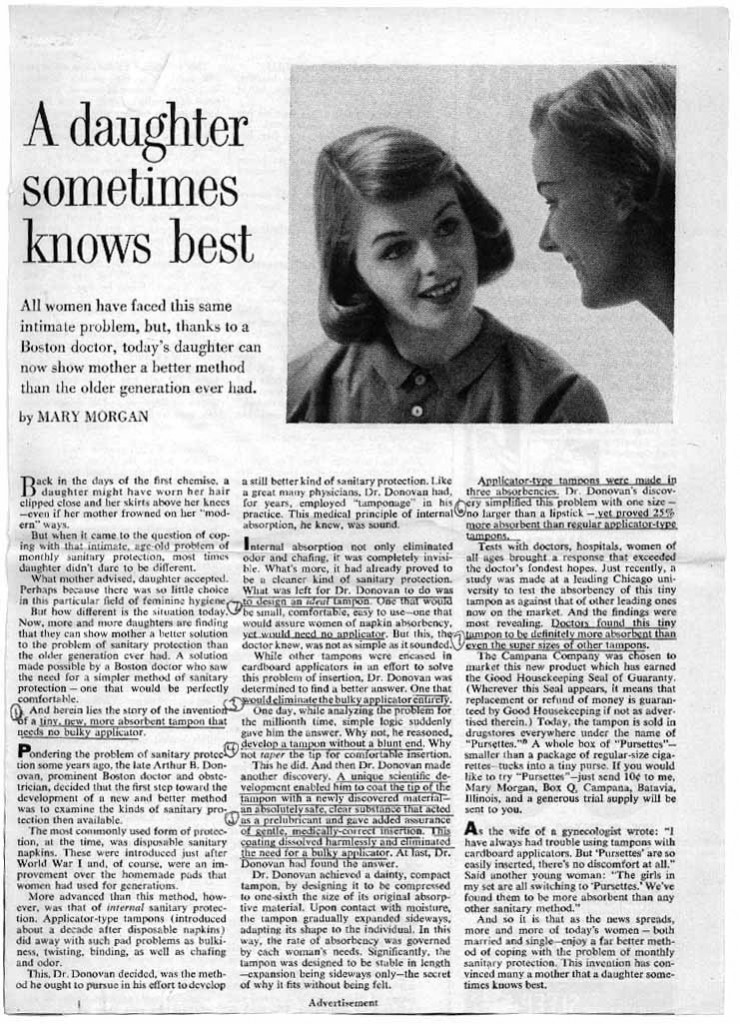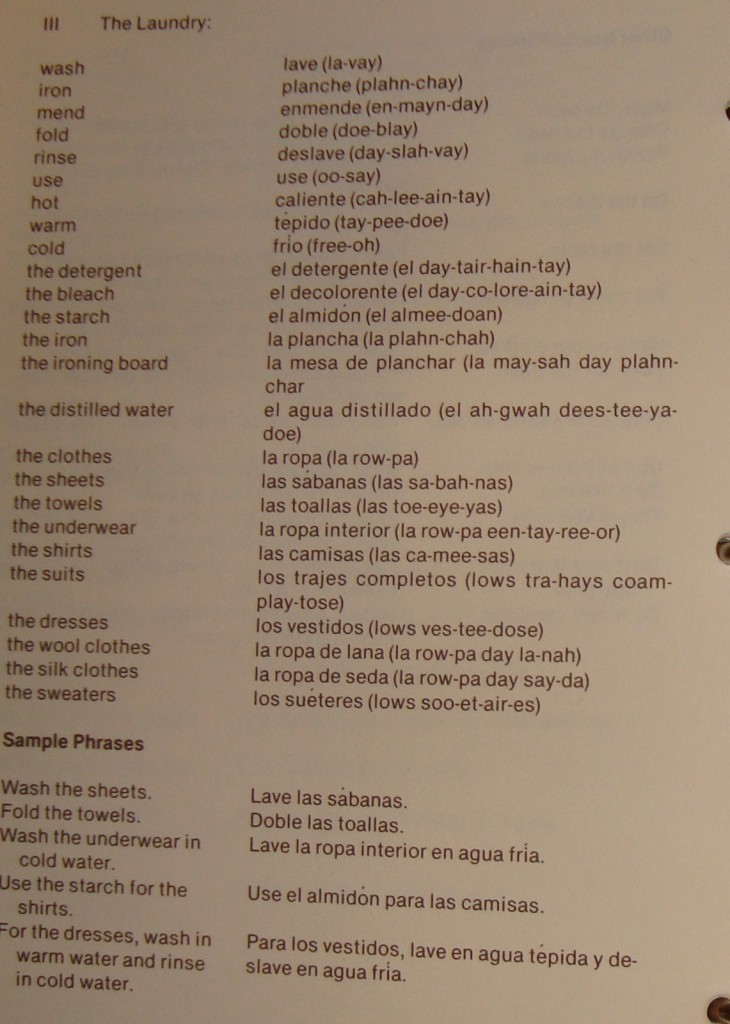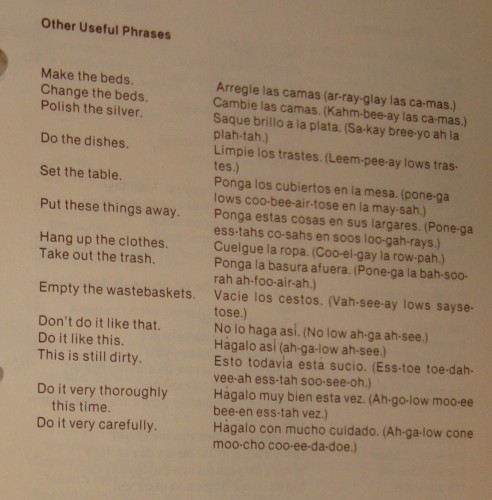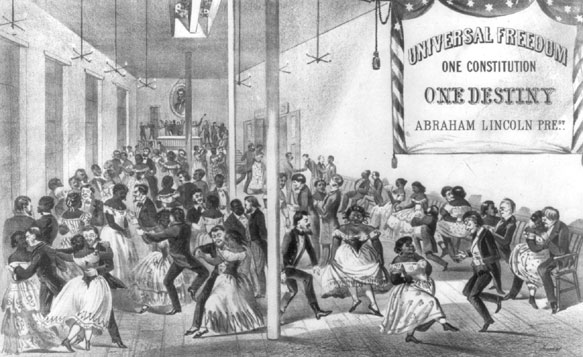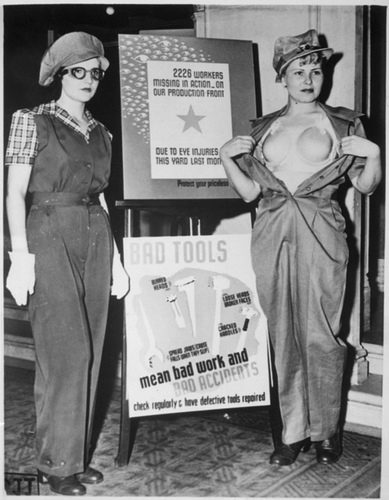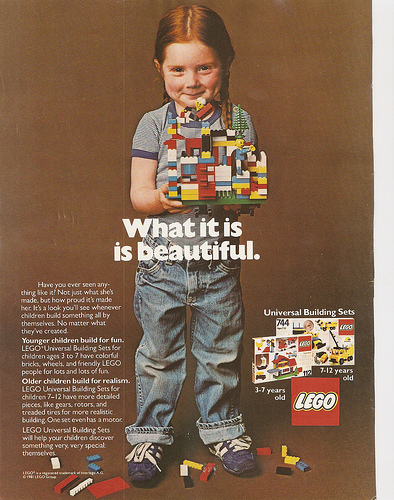On the heels of our Frito Bandito post, comes this (I think) 1975 ad for Tequila Gavilan. Slogan: “One taste…and you’re not a Gringo anymore.”
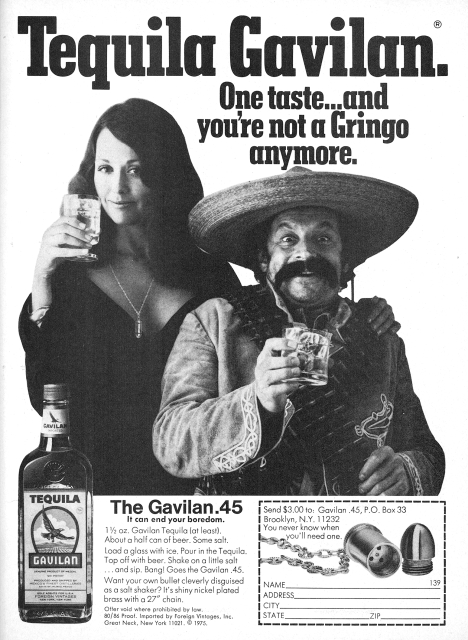
If I’m reading this ad correctly, both the woman and the man in this ad are supposed to be Mexican. What’s interesting, then, is the different social construction of Mexican men and women. While the male is the familiar “Frito Bandito,” sombrero-wearing fool, the female is a hot, spicy Latina. Today the Mexican fool is a risky stereotype to pull out, but the hot spicy Latina is still a very common trope.
From another angle, this reminds me a bit of the history of colonization and war. All too frequently, male ethnic others in war are considered enemies, while female ethnic others are considered the spoils of war. So the idea that the racially-othered men are disposable, while “their” women are desirable has a very long history in Western thought (see, for example, Joane Nagel’s great book, Race, Ethnicity, and Sexuality).
—————————
Lisa Wade is a professor of sociology at Occidental College. You can follow her on Twitter and Facebook.




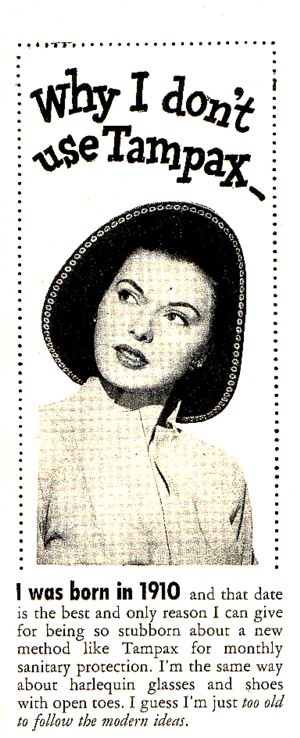
 Similarly, in this ad, a daughter instructs her mother on advances in managing “intimate problem[s]”:
Similarly, in this ad, a daughter instructs her mother on advances in managing “intimate problem[s]”: